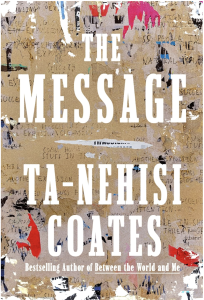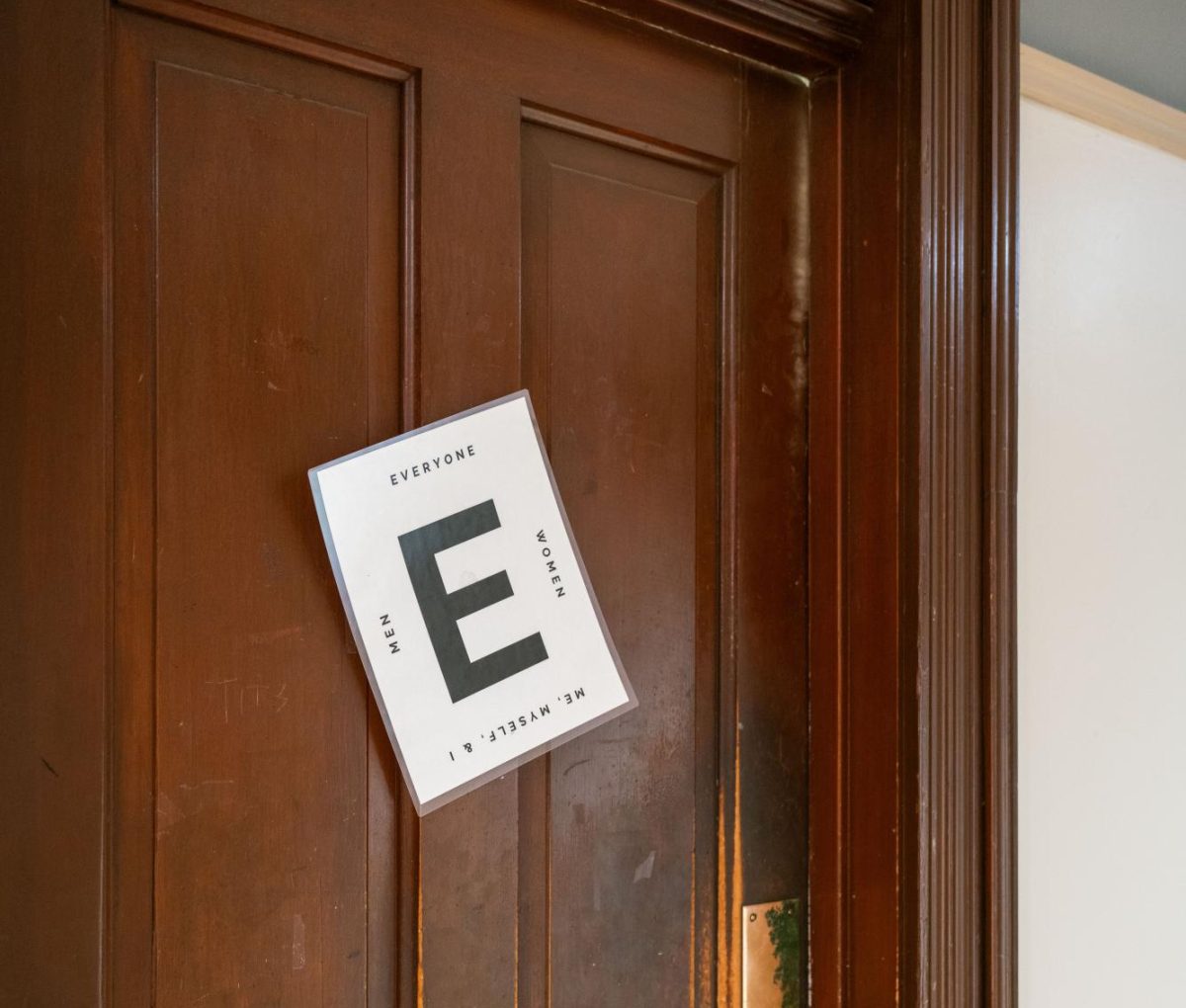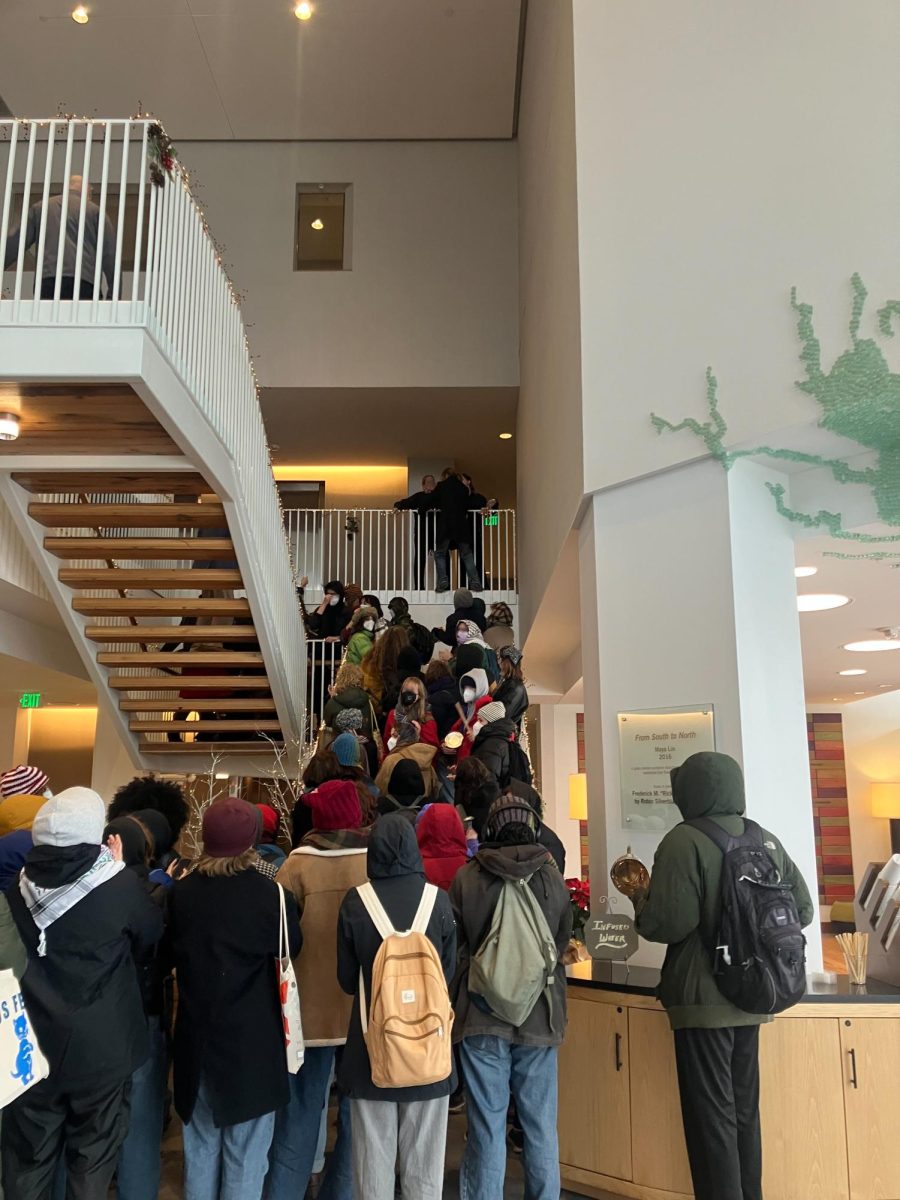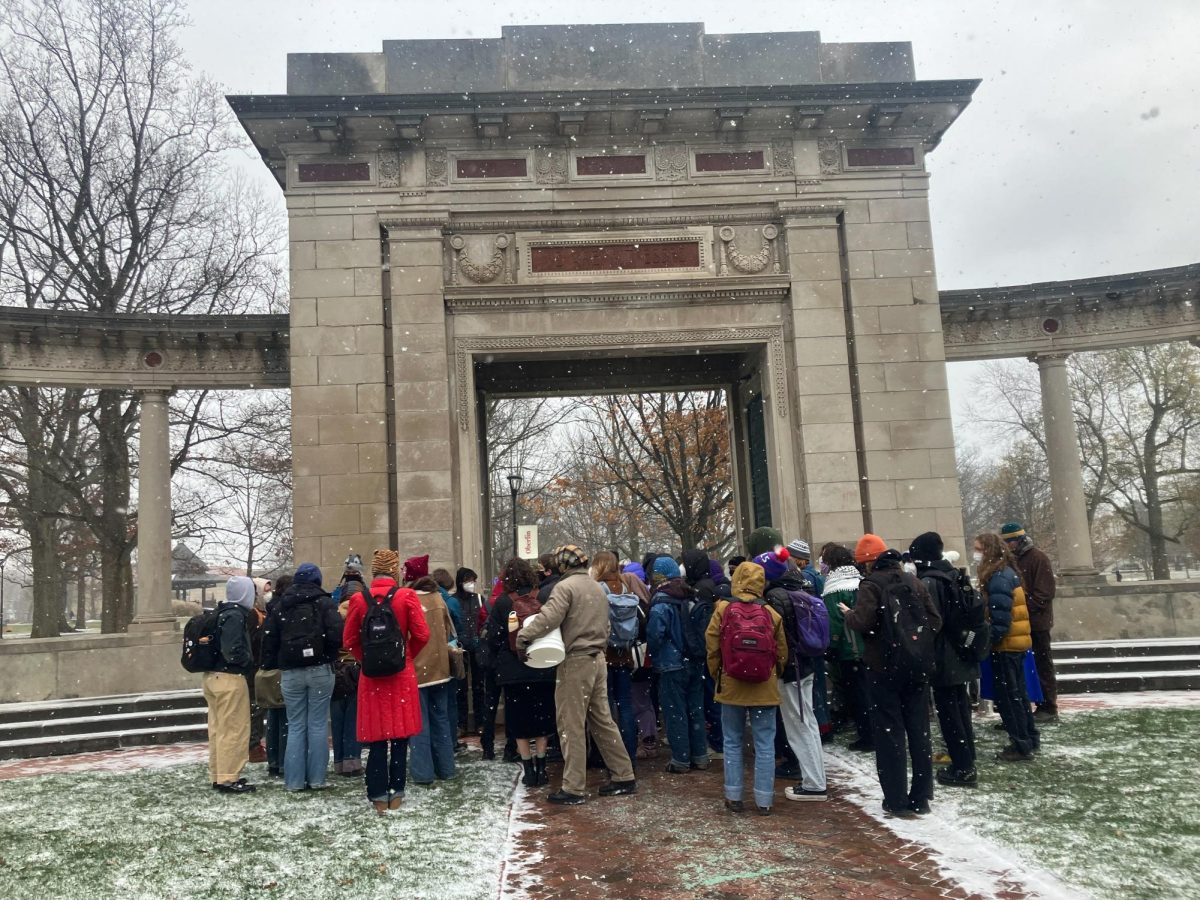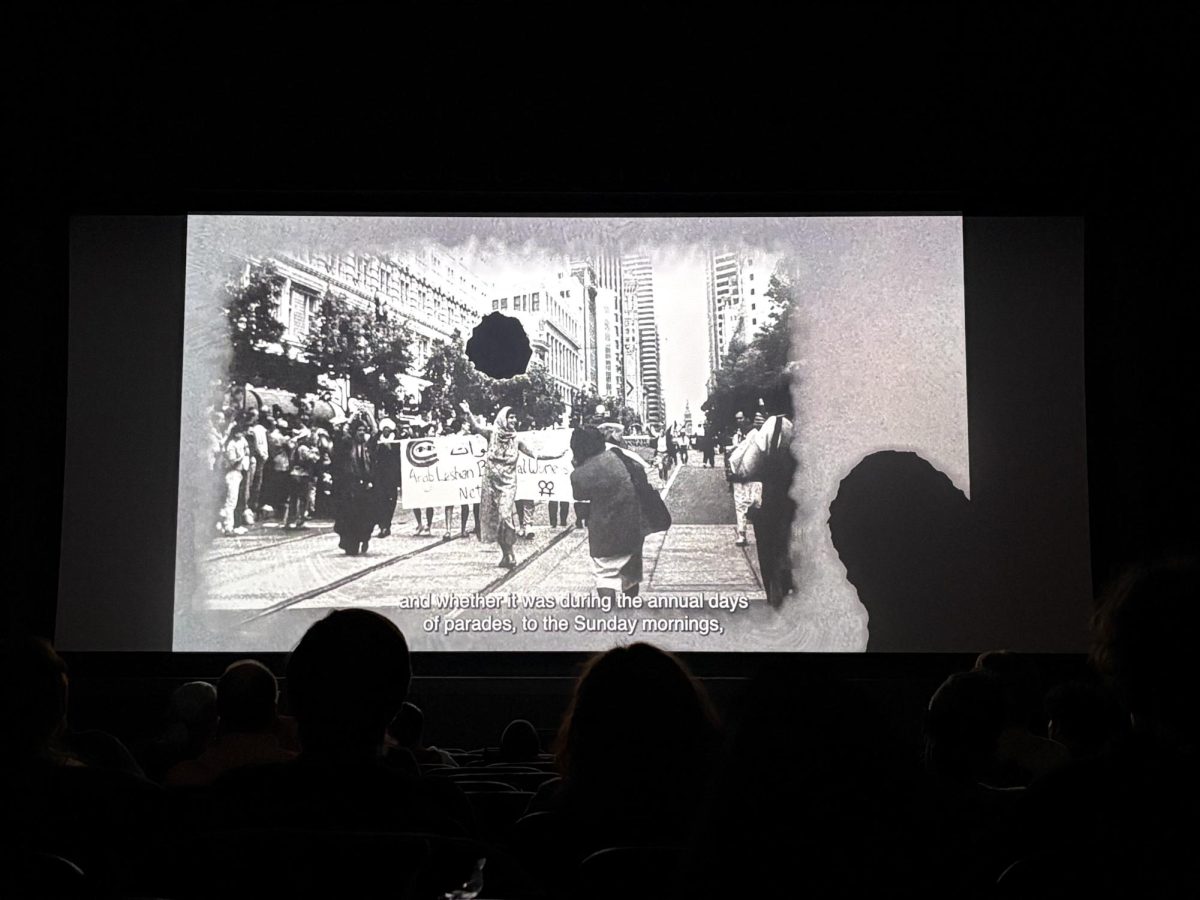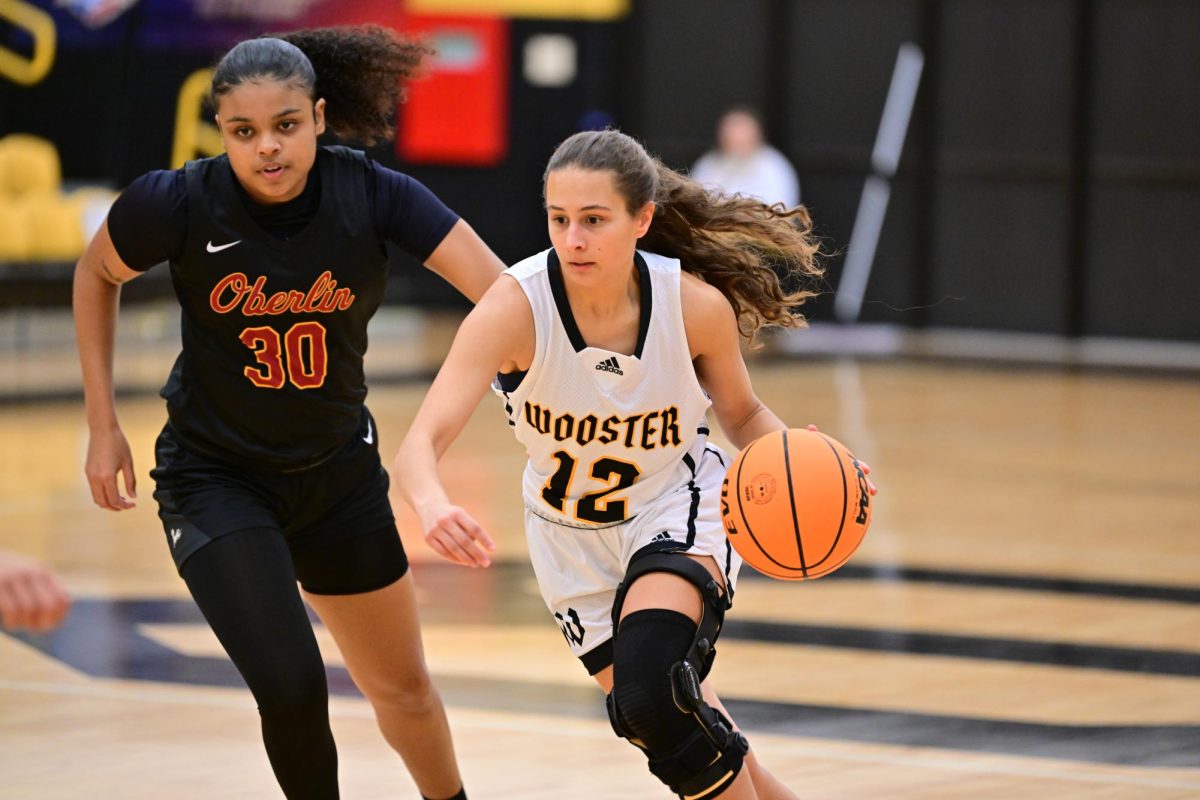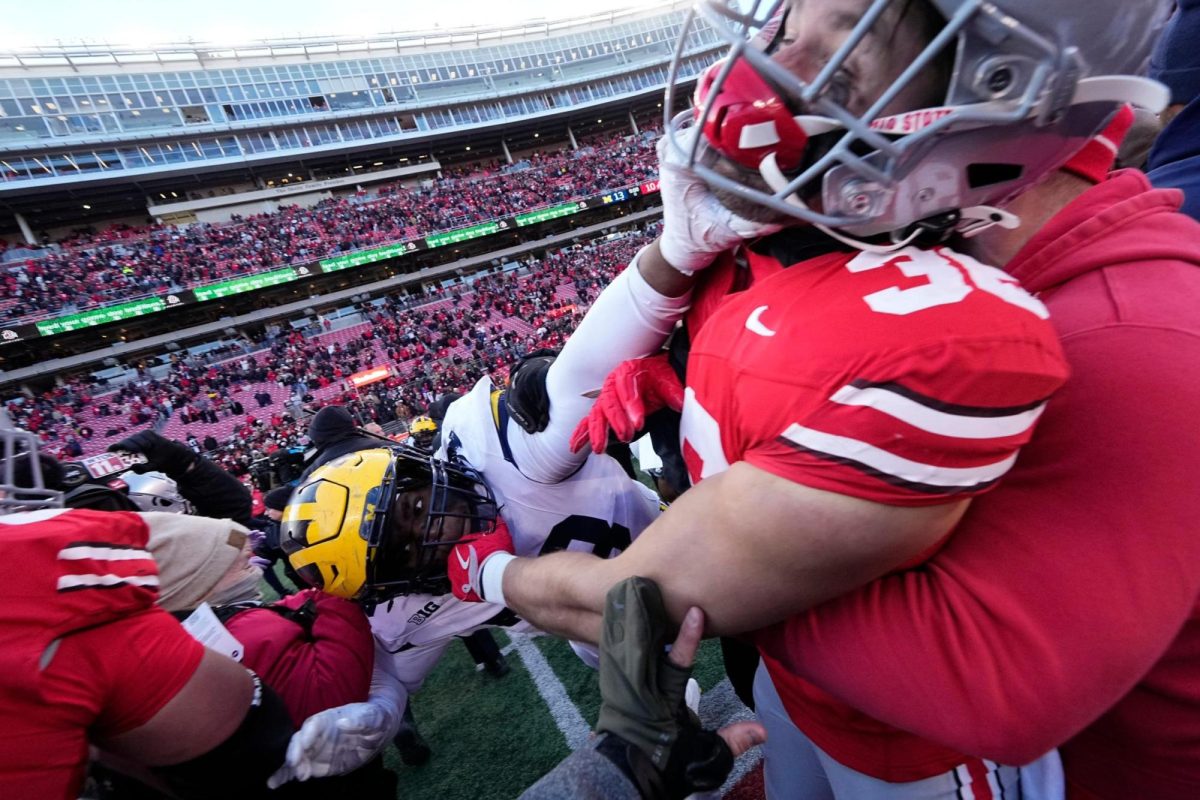Editorial: Blaming Penn State
November 11, 2011
I can remember what it was like to be twelve years old. At this point in our lives as young students, we all can. When we think of being a child this is the image we conjure. It meant thinking we knew more than we did, and knowing more than we should have. For me, as a young, essentially parentless boy moving in and out of shelters and schools and the random homes of kind strangers, it meant depending on everyone and trusting no one. I participated, with the encouragement of counselors and social workers, in different programs aimed at pairing me with a positive male role model several times. As if I weren’t disturbed enough at that age, more than one of these potential “role models” was forced to quit on me amid suspicions of “inappropriate activity” with other children. And while I was never attacked, I couldn’t have stopped someone from trying.
This was on my mind after reading the 23-page Grand Jury report summarizing the numerous charges of sexual misconduct with minors brought against former Penn State University assistant football coach Jerry Sandusky. Its contents reveal the intimate details of what is definitively the darkest tragedy in the history of college athletics.
Sandusky’s coaching stint in Happy Valley (he also played for the Nittany Lions from 1963-1965) beginning in 1969, spanned more than three decades, included two national championships and featured countless All-American football players. After establishing a presence on campus and in the community, he founded the Second Mile in 1977, a charity dedicated to assisting troubled boys with absent or dysfunctional families. He retired from Penn State with emeritus status in 1999, and from the Second Mile in 2010 to spend more time with his wife and six children. Until just a few weeks ago, Sandusky had his own key for undeterred access to the team’s weight room, his own campus office, and a listing in the staff directory. Until just a few days ago, many members of the community and university recognized him as a model citizen, coach and parent.
And yet, more than wins or awards or heaps of praise, Jerry Sandusky craved something, something that neither his career, nor his family, nor his friends could provide: he craved control. More than power or prestige, he craved a presence that would transcend any suspicions or concerns about his character. The Grand Jury report reveals, in striking detail, that Penn State officials were willing to afford him that control. When faced with the choice of protecting innocent children or guilty football coaches, Penn State chose the latter. On March 1, 2002, current Penn State assistant football coach Mike Mcqueary, then a graduate assistant, made a similar choice. The following excerpt from the report details what he witnessed that night and how he responded, and serves as the most poignant of the several instances in which Penn State, through the actions of a coach or administrator, failed a child. I warn you that this excerpt is graphic.
“On March 1, 2002, a Penn State graduate assistant “graduate assistant,” who was then 28 years old. Entered the locker room at the Lasch Football Building on the University Park Campus on a Friday night before the beginning of Spring Break. The graduate assistant, who was familiar with Sandusky, was going to put some newly purchased sneakers in his locker and get some recruiting tapes to watch. It was about 9:30 p.m. As the graduate assistant entered the locker room doors, he was surprised to find the lights and showers on. He then heard rhythmic, slapping sounds. He believed the sounds to be those of sexual activity. As the graduate assistant put the sneakers in his locker, he looked into the shower. He saw a naked boy, Victim 2, whose age he estimated to be ten years old. With his hands up against the wall, being subjected to anal intercourse by a naked Sandusky. The graduate assistant was shocked but noticed that both Victim 2 and Sandusky saw him. The graduate assistant left immediately, distraught.”
It goes on to recount how Mcqueary (the graduate assistant) phoned his father shortly after, who told him to leave the building and come straight home. They decided to inform head football coach Joe Paterno the next morning, who phoned then-athletic director Tim Curley (since fired amid perjury charges related the case) and informed him that Mcqueary had seen Sandusky “fondling” or “horsing around” with a boy in the football locker room showers. After a week and a half, Mcqueary met with Curly and Senior Vice President for Finance and Business Gary Schultz. Several weeks following that meeting, the graduate assistant was informed by Curley that, as a result of what he had reported, Sandusky’s locker room keys had been taken away and his charity, the Second Mile, had been informed of the incident. And that was the end of it.
So, after sodomizing a child in a campus building, one that the football team probably used before and after practice today, Sandusky had his keys taken away and the charity that he founded and maintained was informed. Campus police were never involved, nor was city police. No other investigation into the matter was conducted until charges were brought against Sandusky in 2010, eight years later.
I point to this specific example because there are simply too many recount with much detail, and because it raises several important questions. Why didn’t Mcqueary, himself a former football player, stop the act immediately? Why didn’t Paterno, a self-purported advocate for disadvantaged youth, immediately call the police? Above all, why didn’t anyone seem to give a damn about this child?
This is not one of those stories with which people can take sides, or have an opinion. Read the report and you realize that there is only fact, and any inkling you or anyone else has to defend Paterno, Mcqueary or Penn State comes not from your actual belief that they are innocent. We want them to be innocent, but they are essentially as culpable as Sandusky himself.
Over the decades, he molested countless children, certainly many more than are mentioned in the report or will ever be known to us. He took impoverished children without mentors or role models and raped. It was quite common for him to take these kids to games with him, or photo shoots, or press conferences. He guaranteed a spot on Penn State’s roster once a particular child graduated high school if he would perform oral sex on him. After retiring, he co-wrote a book titled, “Touched,” that praised his contributions to the football program and community. Jerry Sandusky could have lived in your neighborhood, and until just recently you would have regarded him as an upstanding neighbor. By the time his victims separated “Jerry” Sandusky from Gerald A. Sandusky, they were suffocated by dependence and faced embarrassment and ridicule should they push back. Penn State failed to protect those children, period.


